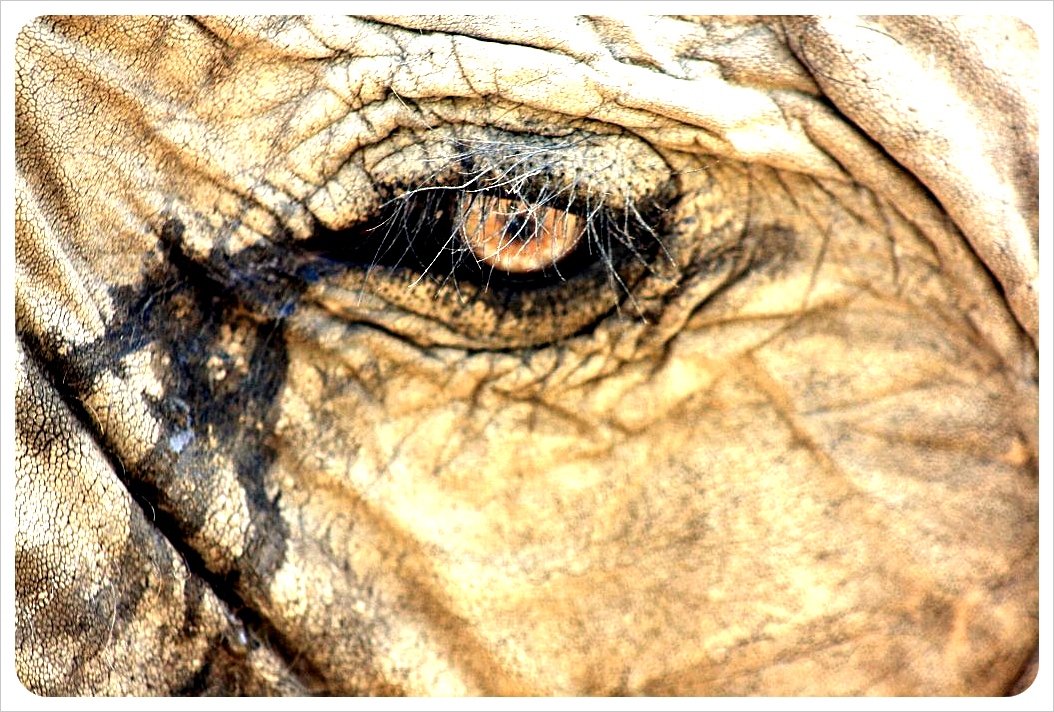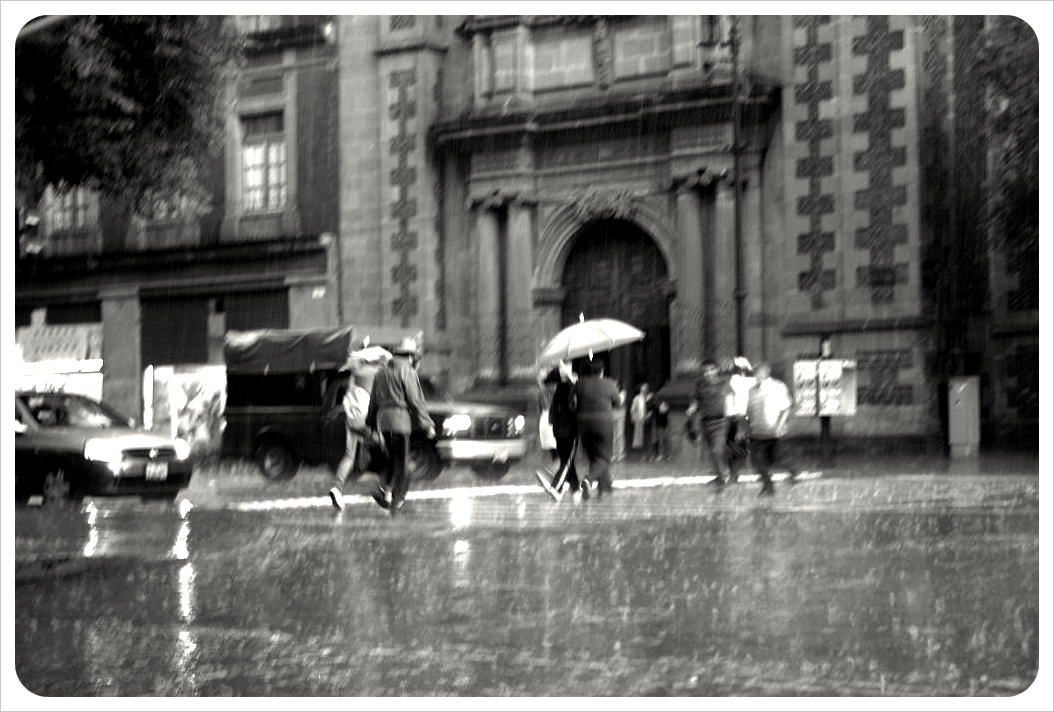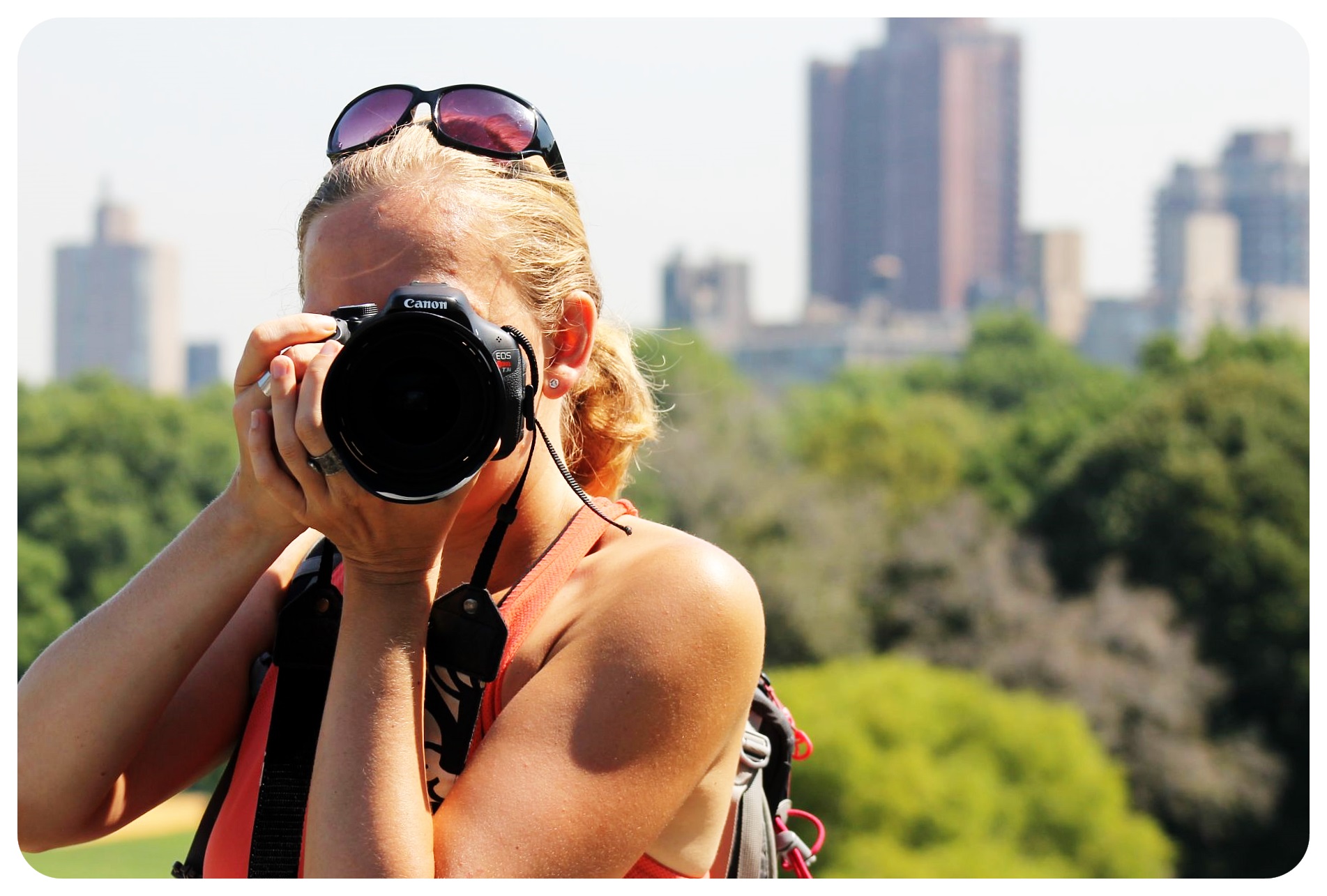Last Updated on May 22, 2023
As an aspiring photographer, you might make mistakes, which is a part of learning. Starting a new profession or even a hobby comes with a long learning curve, however, if you do your research and listen to the advice of experienced photographers, you just might manage to shorten it a little. Mastering this skill in the future, you will learn a lot of nuances and technical details but right now let’s focus on basic travel photography tips for beginners.
1 Turn on the Burst Mode
If you are new to photography, this term might be unfamiliar to you, although it is quite self-explanatory. Burst mode, or continuous shooting mode, lets you take several shots with one click. This mode is super helpful for action shots like a flying bird or a jumping kangaroo. Besides that, newbies can take advantage of this mode by taking as many photos as possible to eventually fish out a couple of good ones.

2 Equip Yourself with a Tripod
Tripods are lifesaving, especially, when you are traveling. If you ask a stranger to take a picture of you, the result might differ from the composition you have envisioned in your head. It is hard to articulate your view to someone else, so a tripod would save you the trouble. Moreover, a tripod is a great helper for night photography since you need to hold still for several seconds or even minutes to avoid blurriness.
3 Master the Post-Processing
If you are striving to become a photographer, you need to learn post-processing as soon as possible. No matter how good you get, you will need some digital help and great editing software. A good choice for a beginner would be PhotoWorks – a photo editor for computer. The easy interface and navigation will help you quickly learn the basics of post-processing as well as dive into the professional tools. For your phone, get Snapseed – a Google-developed mobile editor that will help you with simple editing tasks.
4 Take Advantage of the Golden Hour
Photographers love the sun and utilize its magical power of making everything around us look more appealing. However, never shoot around noon because you will get unflattering shadows and harsh lighting. Instead, learn the rule of the golden hour – shoot right after the sunrise and right before the sunset, and you will be amazed by the results. The light is warm and pleasant, early in the morning the locations are empty, and you will have plenty of time to take the perfect shot.

5 Know the Rule of Thirds
This rule is one of the most important for a photographer to master. Divide your shot into nine equal squares and place the most vital objects along the lines of the central square. If you put them right in the center of the composition, your images might look a bit boring and predictable. Learning this rule will not take you too much time and will immediately make your work more interesting and unusual. However, it is not a dogma, so once you master the rule, play around with it and try to discover something new to avoid getting monotonous.
6 Zoom In for Details
Most of the time we get caught up in the big picture that we overlook some amazing details. Instead of taking a step back to fit in the entire temple or museum in the picture, take a step forward and look for the details. Focus on the patterns of architectural designs and capture sophisticated carvings and sculptures. You will discover something no one has paid attention to before and take a unique shot from an original perspective.
7 Capture Movements
Capturing movements is more complicated and messier than taking a still shot of the sky or a lake. However, movement shots are so much more interesting and exciting that you will instantly fall in love with these pictures. They convey the true essence of the objects, let it be birds in the forest, kids playing in the park or fishermen throwing a rod into the river. Posing photos are also great but being able to tell a story and create a moment of anticipation is priceless. If you are in a big city, take photos of moving lights and cars, of people walking or running. Try to capture the busy daily life as well as the dynamic nightlife of a city. The number one tip for taking a movement shot is to select a longer shutter speed, to be exact, at least 1/500th of a second or higher.
8 Don’t Be Afraid of Clouds and Rain
Although cloudy and rainy weather can spoil your vacation, you might get some great pictures. Clouds make the sunlight softer and warmer which allows you to take extraordinary shots even at noon. They create a mysterious and moody atmosphere that will make your photos look more interesting and mesmerizing. Additionally, do not be afraid of the rain, instead, use it to your advantage. Zoom in on rain droplets, shoot people with their colorful umbrellas, take photos of puddles.
9 Shoot People and Yourself
This might force you to step out of your comfort zone. Approaching people on the streets and asking to take a picture of them might be difficult and intimidating at first, but once you start doing so, you will quickly realize that there is nothing scary about it. Most people will happily agree and you will take some amazing portraits of people from various cultures. If you find yourself alone with nature, set up the tripod and get in the shot yourself. For example, if you are shooting majestic mountains, step on a rock to demonstrate the mightiness of nature and make your photo more impressive.

10 Get to Know Your Camera
Try to learn the manual settings of your camera to really understand its potential and limitations. Read about your model on the internet, watch YouTube videos, ask other experienced photographers to get as much information about your little helper as you can. Modern cameras are great, so you get to take great shots with automatic settings, however, mastering the manual mode will put you on a whole new level. Besides, learning professional settings will help you choose the right gear in the future and unpack the relevant differences between the models to achieve the desired goals.
Dani with her Canon DSLR camera.
Finally, do not be afraid to go outside and start shooting. The mastery comes only with experience. So, get patient and take many photos every day everywhere you can, and someday you will create your first masterpiece.





